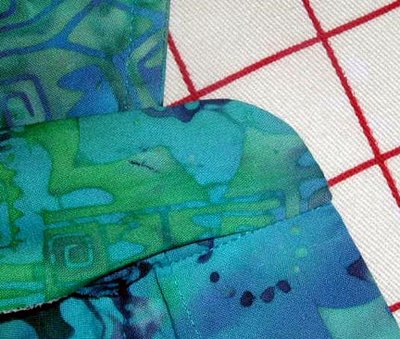While going through my stash the other day I found a treasure:
These are beautiful, high-quality rayons from Doncaster. A few years ago, I was teaching a week-long fitting workshop at Bernina Says Sew in the Charlotte, NC area with my former teaching partner and friend, Emma Seabrooke. The manager of the shop raved about the Tanner Outlet in Rutherfordton so, naturally, we had to go there. We were so anxious to get there that we ate fast food (I never eat fast food) in the car instead of stopping for lunch! Aside from Doncaster clothing, jewelry and accessories, the shop also sold past-season fabric ends. The fabrics were exquisite and we ended up buying quite a lot.
So, these two fabrics will become another McCall’s 5137. I will be using the small print for the neck band and for narrow piping at the waist and hem band. I will use the large print for the main sections – I didn’t want it to be too busy. The fabric has a heavy drape and is thick enough that I can probably get away without a slip – always a bonus in my humid climate.























